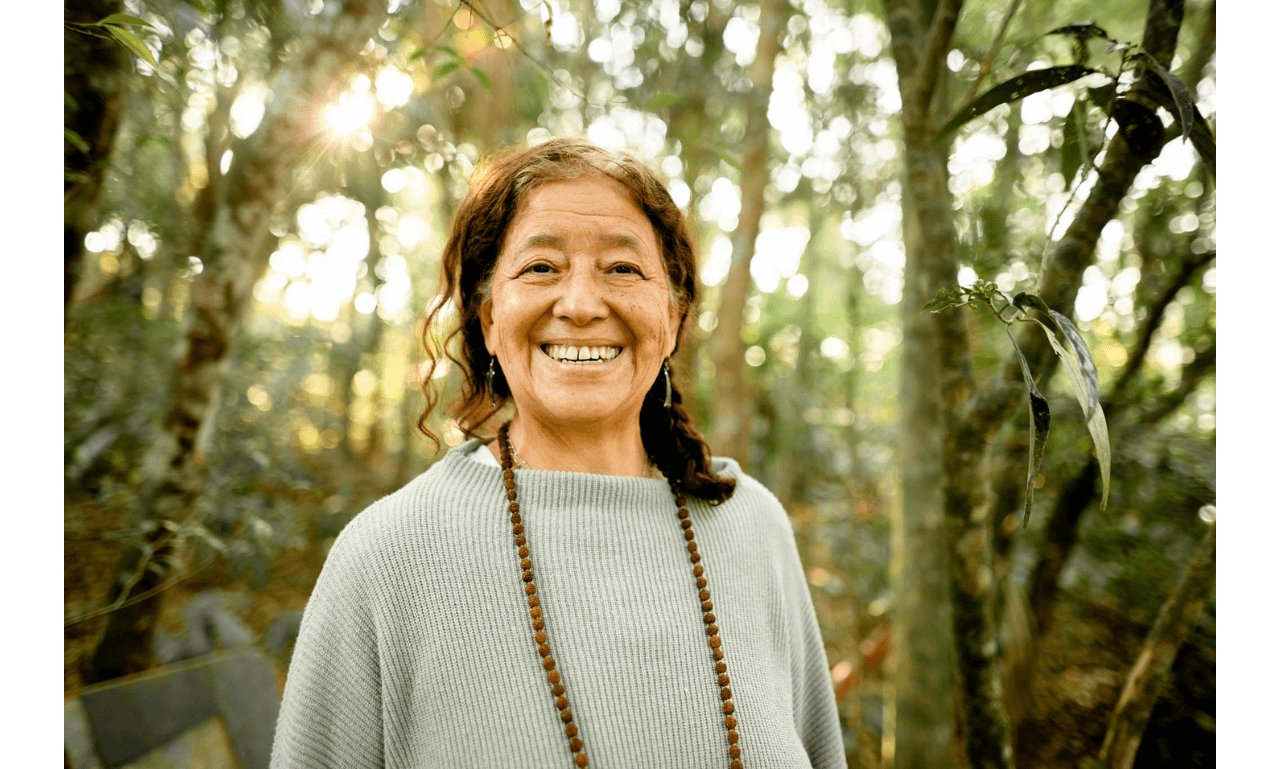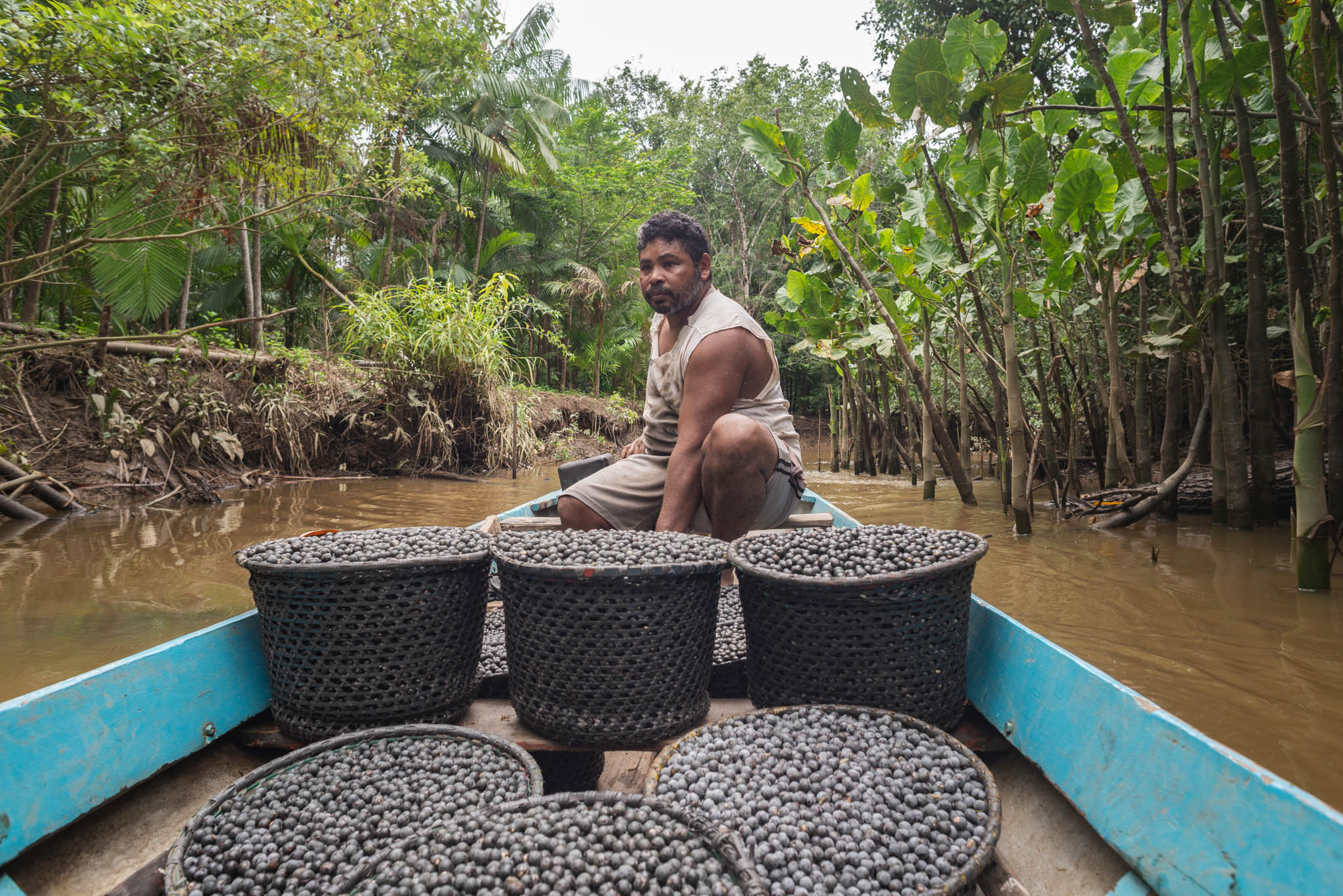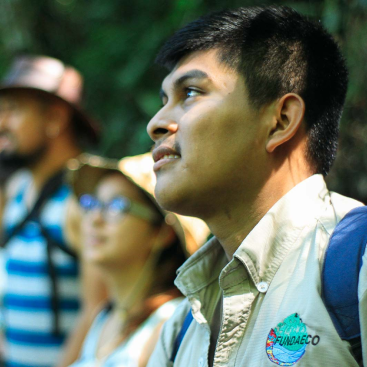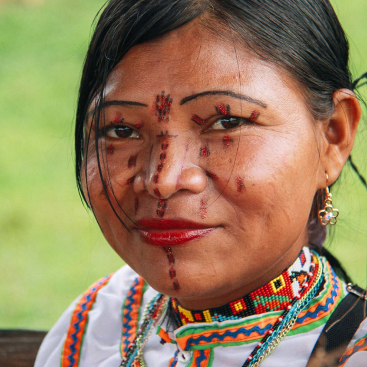Quality and Integrity in Carbon Project Development
Our Principles for High Quality Projects
EP Carbon Builds Project Confidence
In the evolving landscape of the carbon markets, buyers increasingly prioritize high quality credits.
Projects want to deliver impact for their people and landscapes, as well as carbon credits to fund their work. Buyers want to ensure credits deliver genuine climate impact, as well as increase social and environmental welfare.
We use these principles to ensure those outcomes. We are proud that our projects, working in collaboration with investors, developers and implementation partners, have been recognized as high integrity in the market.
Design Principles

How does EP Carbon approach Additionality?
We rigorously assess projects to ensure that there are insurmountable barriers that prevent the conservation or restoration work to without funding from carbon revenue.
This ensures that our projects create genuine climate impact, whether that is avoiding emissions from deforestation and land conversion or sequestering emissions from restoring these ecosystems.
We ensure this by grounding our analyses and project design in robust historical land use evaluations, to show that activities are novel, additional, and dependent on carbon revenue.
How does EP Carbon prevent Baseline Inflation?
We require specific evidence types for each project to ensure realistic baselines of land use prior to project implementation.
Utilizing the most current jurisdictional methodologies, we support consistency in avoided emissions projects so that all projects in a region are using the same baseline data.
Any project not adhering to a third-party jurisdictional methodology (for example a “Planned Deforestation project) undergoes additional scrutiny beyond the methodology requirements to make sure its pre-project baseline scenario is accurate.

How does EP Carbon ensure that benefits aren’t exaggerated?
We require that projects craft a comprehensive work plan detailing climate and co-benefit activities.
Transparency is crucial — we require full visibility into our project partners’ progress and transparent data sharing on project endeavors to guarantee that the claimed benefits are achieved.
This also helps to streamline the production of monitoring reports since project data is being gathered progressively over time, not just at annual intervals.
What is EP Carbon’s view on Permanence?
We advocate for both short and long-term climate solutions. While forests serve as a potential long-term solution, we believe in pricing credits variably based on expected permanence.
We design projects around the assumption that they will be active and generating credits for decades, and providing benefits for the long-term.
But we recognize that if a project is unsuccessful in halting deforestation, or if environmental conditions change and threaten stable forests, it is reasonable to increase risk deductions in crediting volume or pricing.

How does EP Carbon approach Stakeholder Equity?
Equitable benefit-sharing is at the core of our mission. We require stakeholder engagement from the project’s inception, and teach Theory of Change tools to design project benefits.
Our design process ensures stakeholder consultation, to achieve true Free, Prior and Informed Consent (FPIC) but also to craft benefit distribution mechanisms that are responsive to community needs.
When projects are regularly delivering material benefits that are meaningful to participants, and that activity is consistently monitored, they are higher impact, lower risk, and more stable.
Recent Projects

Indonesia
The Rimba Raya Biodiversity Reserve Project
The Rimba Raya Biodiversity Reserve Project protects 640 square kilometers of critical orangutan habitat while channeling carbon revenues into impact activities that promote socioeconomic growth for tens of thousands of people.

Guatemala
REDD+ Project for Caribbean Guatemala
Each year, hundreds of local farmers join to conserve regional forests that provide carbon revenues for health care, education and technical extension. As the first grouped project of its kind, the REDD+ Project for Caribbean Guatemala is a model of smallholder engagement to create impact at scale.

Colombia
Mutatá REDD+ Project
Empowering indigenous communities, the Mutatá REDD+ Project strengthens self-governance and control of forest resources. Carbon revenues from avoided forest loss are reinvested within communities to finance sustainable agriculture, education and employment.
Have More Questions?
Let’s Discuss
EP Carbon recognizes there are widespread misconceptions, but also legitimate criticisms, of carbon markets.
We are committed to showing the potential of carbon projects through high impact, high quality project development that commands a premium credit price. We build confidence in all stakeholders that a stable, low-risk project will be achieved.
Let’s work together to build projects that demonstrate effectiveness and integrity in nature-based carbon solutions.
